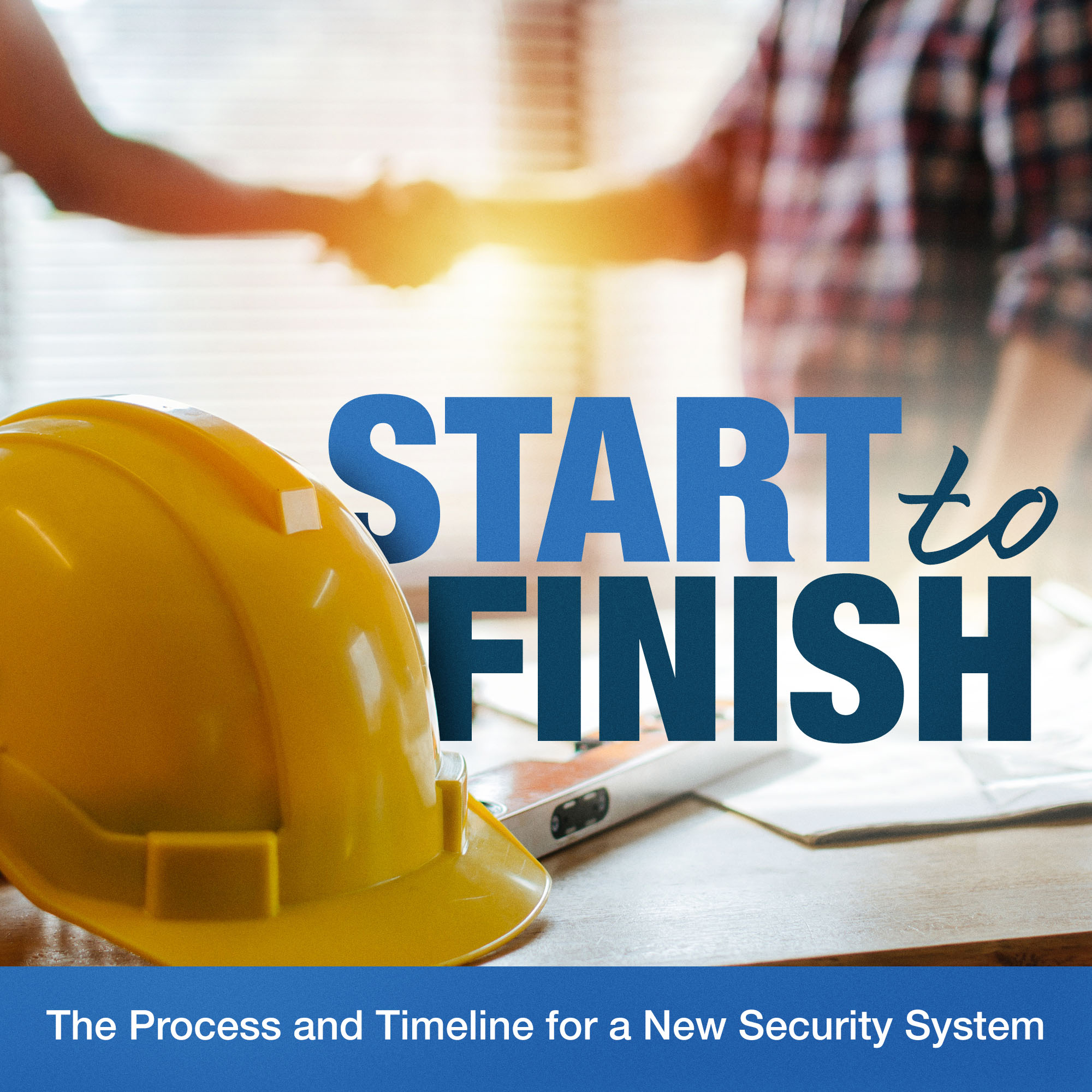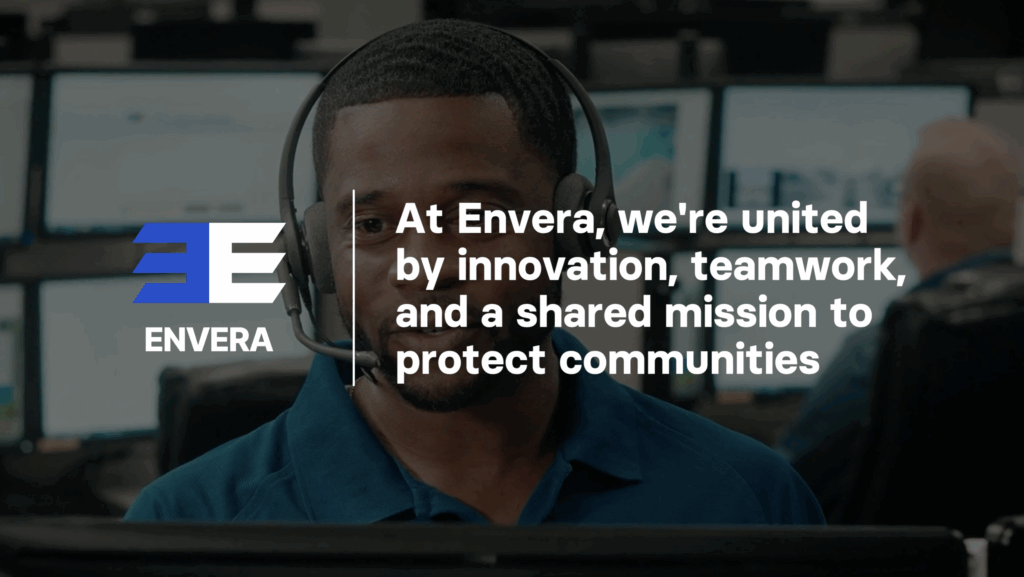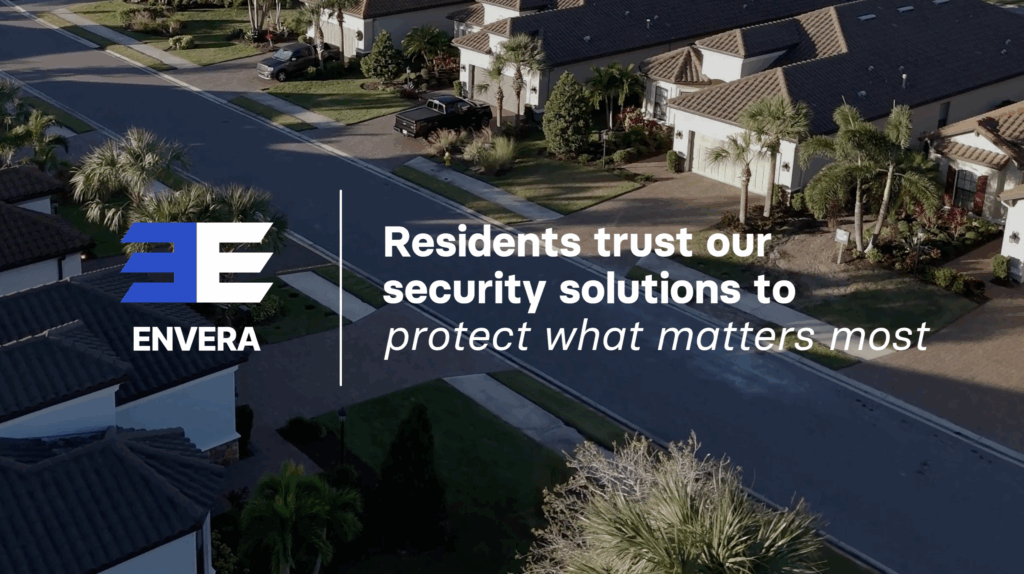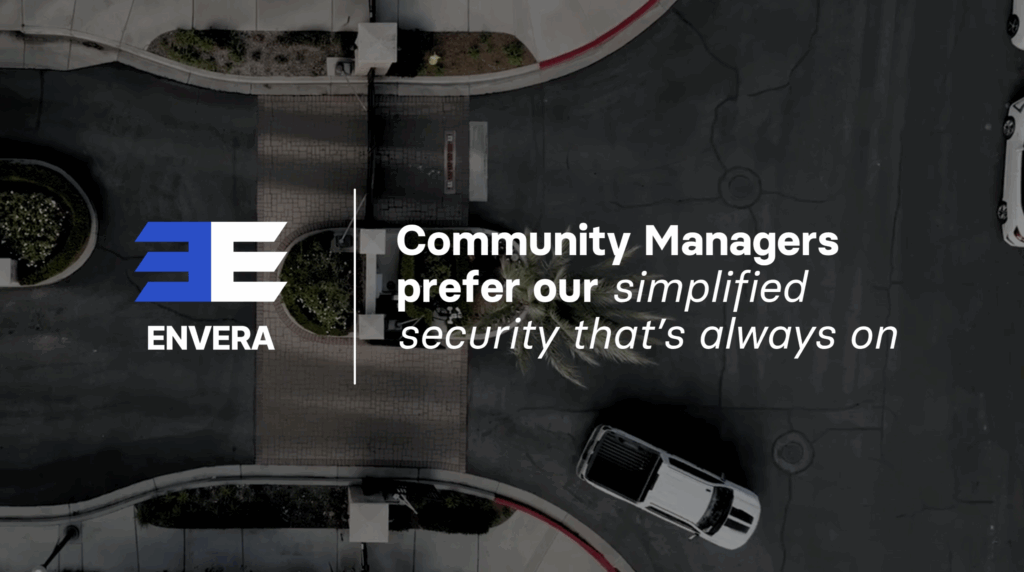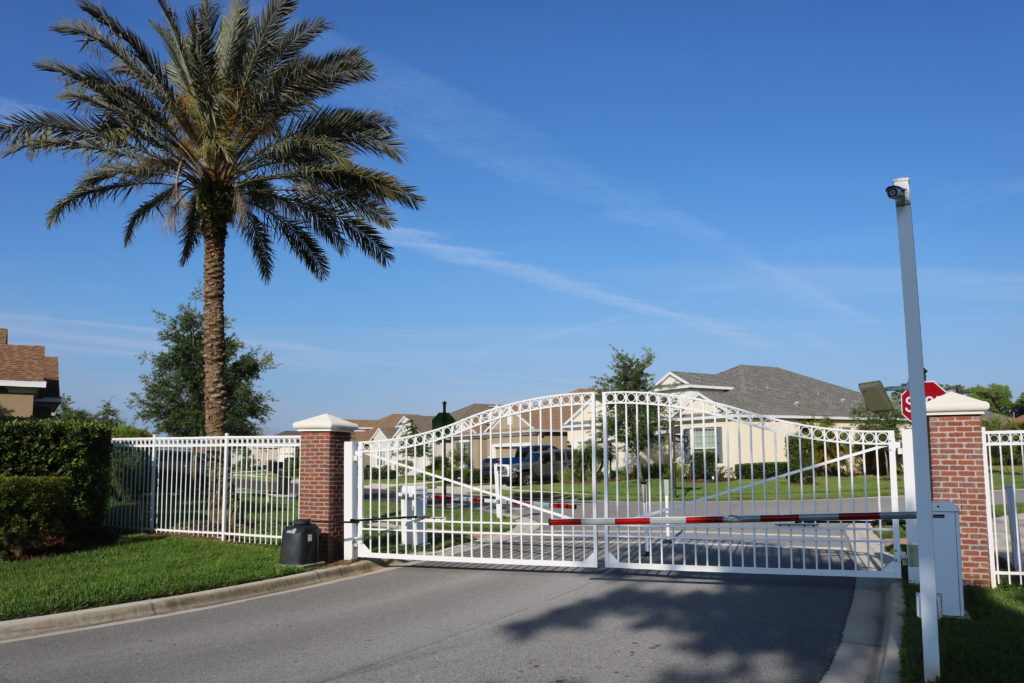The Process and Timeline for a New Security System
The security industry, like many others, is an event-driven industry. We don’t typically act, change, or improve something until we have to—until an incident occurs that makes us stop and think. We want change, and often times, we want it as fast as possible by whatever means necessary. We want to ensure that whatever incident took place doesn’t happen again.
It isn’t that this way of thinking or this approach is flawed. We all do it in our personal homes, communities, and businesses. When it comes to security though, especially community security, the reactionary method is not always best. Developing a plan and installing systems that protect an association’s assets and amenities is a process. It takes time, discussions, planning, and budgeting.
The last quarter of the year is one of the best times to look ahead to the next year and take the beginning steps of major projects, like a security system change or upgrade. Why start now? The reality is that it may take months from start to finish.
First, a community will start with the research phase. This includes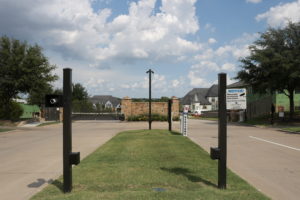 obtaining different proposals, meeting possible vendors, and reviewing project designs. Once a community has received the options and recommendations from field experts, it will take time to review the designs in depth. Which option is the best fit in terms of functionality? Does it work with the budget for next year? If not, are there options that would still allow the community to proceed with the desired projects?
obtaining different proposals, meeting possible vendors, and reviewing project designs. Once a community has received the options and recommendations from field experts, it will take time to review the designs in depth. Which option is the best fit in terms of functionality? Does it work with the budget for next year? If not, are there options that would still allow the community to proceed with the desired projects?
This research phase alone can bring about a multitude of questions and many revisions, and it’s crucial to take the time to do so. Most communities will spend a couple of months (or more) having discussions between the board, with the property manager, with a potential vendor, and even the residents as a group. Once the association comes to a decision on which project and company to move forward with, they’re on to the next phase.
The next step in the timeline is frequently misinterpreted and largely depends on the scope of the project. It is the installation of physical equipment and implementation of the system(s). First, the company is more than likely going to want to schedule an official site walk where the new systems are to be installed. Not only are representatives of the vendor attending this meeting, but the property manager and/or board members are also present to make sure everyone is on the same page.
From there, the provider will have an estimated timeline for the project. There are other components to most projects though, and even the main provider that is leading the installation must rely on other items being complete. For most security systems this includes dedicated power and internet. Is power already at the location, and is there internet? If additional resources are needed, like an electrician and internet provider, the timeline can be affected.
Some security solutions will also require a permit with the appropriate municipality. In a sense, this puts the entire scope and timeline in the hands of someone other than the community and the vendor. Without an approved permit, a project is more or less on hold.
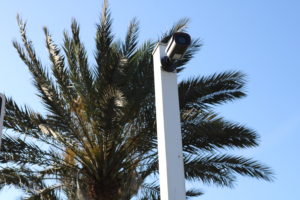 In the midst of the cameras being installed, adding access readers to gates, or installing a new visitor management system, other vendor representatives are typically assisting the property manager or board with any onboarding related to a new system. While the hope is that this will seamlessly happen in line with the installation, the truth is that it involves the schedules of the new vendor, the property manager, and the community. Again, the size of the project and type of systems installed also factor in.
In the midst of the cameras being installed, adding access readers to gates, or installing a new visitor management system, other vendor representatives are typically assisting the property manager or board with any onboarding related to a new system. While the hope is that this will seamlessly happen in line with the installation, the truth is that it involves the schedules of the new vendor, the property manager, and the community. Again, the size of the project and type of systems installed also factor in.
When a community is in the process of changing a security system that greatly impacts the residents, more time is needed. Educating residents on the new system is crucial to its success and will impact how easy the transition is for homeowners and tenants. For some communities, this can lengthen the timeline. Although everyone is anxious for the new system to be complete, it is more important that the community properly partner with the new vendor to keep residents informed and understand what is coming.
Taking the many, many factors into consideration in this installation and implementation phase, it is safe to say that most systems are in this part of the process for 60 to 120 days. Now remember, we aren’t talking about a simple add one camera here and another there. We are talking about a true solution to either manage community access and/or monitor its amenities and assets. There is a big difference, and the steps involved have a purpose.
What does that bring our total to? Well, let’s say a community begins their project research in November and efficiently spends 90 days refining the project and selecting a provider. That means the project is moving forward in early February with the installation and onboarding if needed. Factor in another 60 to 120 days, and it looks like the new system will be up and running between April and June if everything is on schedule for all parties involved.
Most security systems needed at or throughout a community are not simple fixes or Band-Aid cover ups. They are long-term solutions and should be approached with that mindset. Starting the process in the final quarter of year means it could all be ready by the spring or summer of the following year. Ready in time for summer vacation, when residents and their visitors want to use the community pool, play at the playground, and lounge at the clubhouse.
Click here to view the original FLCAJ article.
Click here to download a PDF copy.
